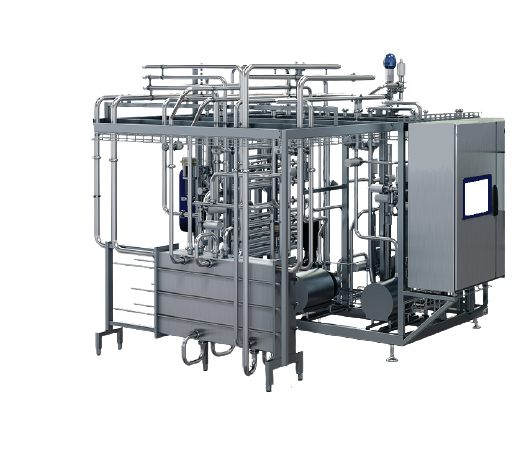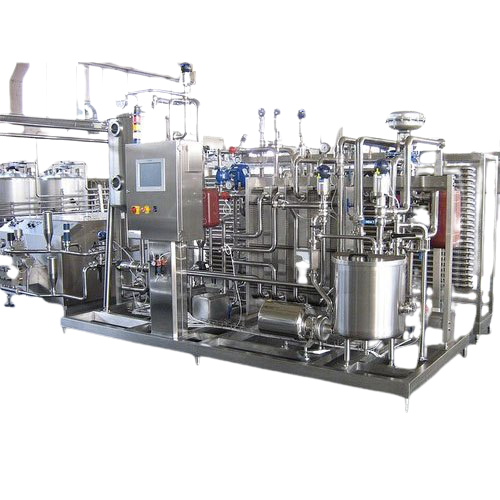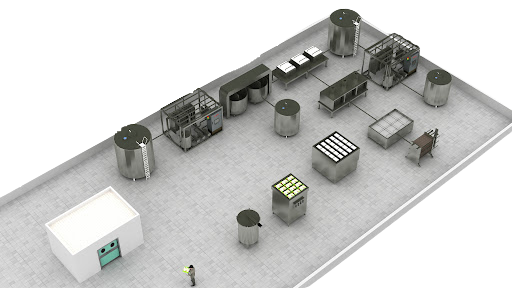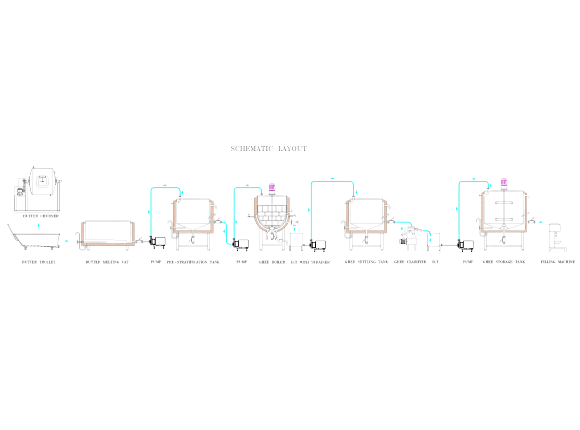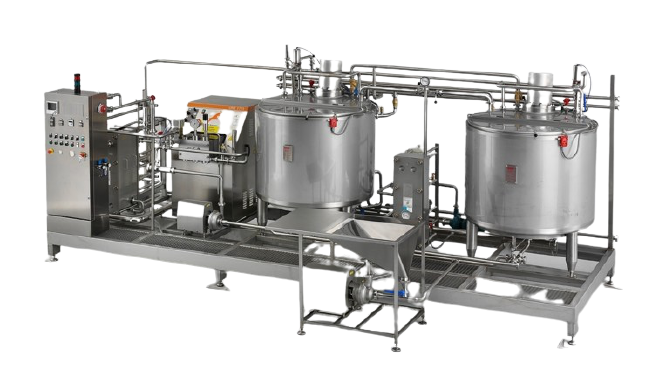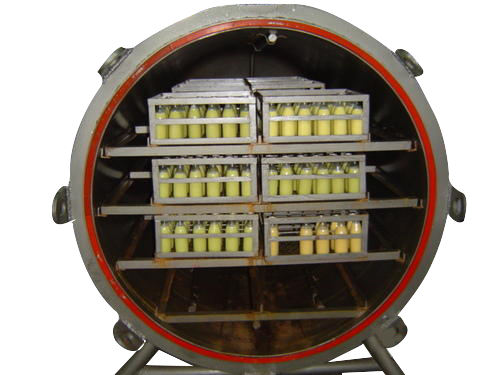The liquid to be concentrated is supplied to the top of the heating tubes and distributed in such a way as to flow down the inside of the tube walls as a thin film. The liquid film starts to boil due to the external heating of the tubes and is partially evaporated as a result. The downward flow, caused initially by gravity, is enhanced by the parallel, downward flow of the vapor formed. Residual film liquid and vapor is separated in the lower part of the calandria and the own stream centrifugal droplet separator. It is essential that the entire film heating surface, especially in the lower regions, be evenly and sufficiently wetted with liquid. Where this is not the case, dry spots will result in that will lead to the incrustation and the build-up of deposits. For complete wetting, a suitable distribution system must be selected for the head of the evaporator. Wetting rates are increased by using longer heating tubes, dividing the evaporator into several compartments, or recirculating the product.

